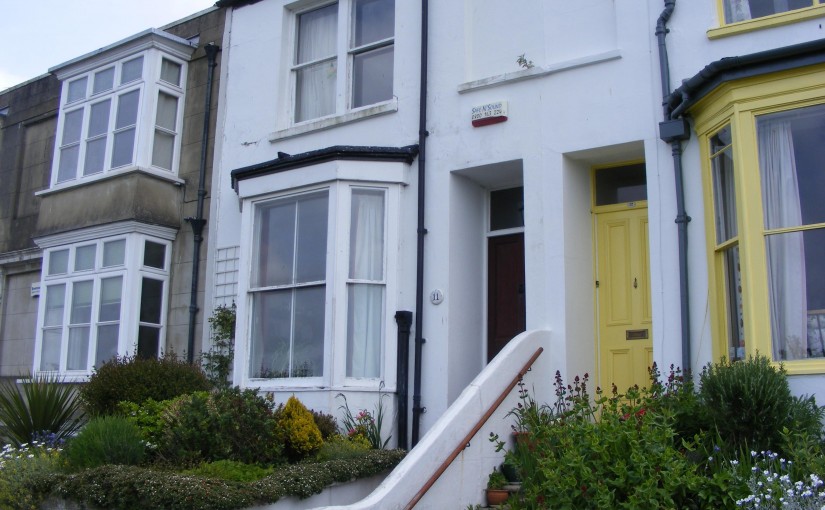Memories From A Life In Hastings Through Two World Wars (Part 2).
By Tony May.
One of my Nan’s most remarkable memories from a lifetime in Hastings, concerns the day in (or around) 1930 when, walking the promenade with her mother and father on one of the family’s regular Sunday walks, she saw the Zeppelin Airship R101 flying slowly along in the distance.
According to Wikipedia, The Zeppelin R101 was a British Rigid Airship completed in 1929 as part of the Imperial Airship Scheme. After a series of test flights (most likely it was one of these that Nan witnessed) it crashed during its maiden overseas voyage on October 5th 1930, killing 48 people. In fact, the Zeppelin R101 disaster is the second worst airship accident in history (worse even than the more famous Hindenburg disaster of 1937) and following it, the British effectively ended the employment of rigid airships.
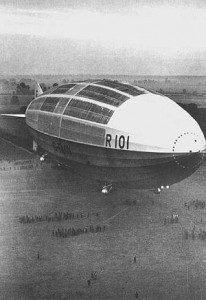
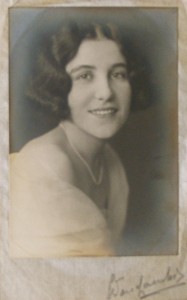
In the early 1930’s, the ballroom on Hastings Pier was in regular use as a venue for dances of the ‘Strictly Come Dancing’ kind. While Nan did not end up dancing with Bruce Forsyth, on one occasion she and her friend, Elma, were approached by two local gentlemen and asked if they care to dance?
They both accepted the invitation and thus Nan met my Grandad, Ernest Charles May, whom she eventually married at St Mathews Church, Silverhill on October 21st, 1933. At first the couple lived in a flat at no 56 Vale Road before moving to no 8 York Road where, in 1937 my father Ian Maurice John May was born. Literally a week before the end of 1937, the family moved to where Nan has now lived for the last seventy-two years!
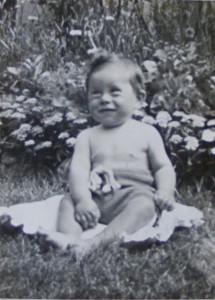
Ernest was born with both a withered arm and leg and so, when war was declared in 1939, he was not called up for the war but instead joined The Home Guard.
Nan recalls the day that war broke out especially well for it would be a day she could never forget…
‘There was a young girl aged about fifteen that lived nearby. She had taken quite a shine to little Ian and had offered many a time to take him in his pram to the park. The day war was declared was a lovely day, a Sunday, and so when the girl called again, this time I decided to let her take him as I thought the trip would do him good. Only about fifteen minutes after they had gone, I heard on the radio that war had been declared and not long after that the air raid sirens came on. I was later told that they had only been testing the sirens but at the time I was frantic with worry’.
During the Second World War, bollards and barbed wire were erected on the beaches along the seafront in order to stop tanks and hinder any attempted landing of troops. Nan’s parents, Maurice and Cymbeline (still living at no 11 St Mary’s Terrace) slept in St Clements Caves every night (along with a lot of other local people) and Nan, being a keen gardener, says she often used to wonder whether she would still be alive to see the flowers she had just planted bloom…
‘In an odd way, you used to get quite blasé about the whole thing in the end, it was just the way life was then’ she says.
One particular incident though must have been especially terrifying.
A house, three doors down from Nan’s, took a direct hit from a 1,000lb German bomb. Every window, every door, and half of the roof were bomb damaged in the blast and for a while after the family had to move in with her parents at St Mary’s Terrace.
Typical of the ridiculousness of war and a reminder of the everyday things that people still had to do in such terrible times is this postscript to that horrible story…
‘The woman whose house it was that suffered the direct hit was out at the time it happened. Ironically, she had gone to Wellington Square to pay her rates. When she came home and saw the house, the thing she seemed most concerned about was the fact that she had lost her false teeth (which, had been soaking in a glass in the kitchen) in the raid!
Hastings was a very dangerous place to be during the Second World War.
Many German Bombers (fleeing from the RAF) would unload any remaining bombs on the town and it was not uncommon for German fighter pilots to swoop down and machine gun gardens or wantonly fire at anyone they could find. Then, later in the war came the threat of Hitler’s most psychologically terrifying weapon of all–the V1’s or ‘Doodlebugs’. One fell at Fred Martin’s farm nearby killing some of his pigs. Fred later showed Nan a large wing from the remains he’d found scattered about his farm.

‘The doodlebugs had a very distinctive sound and when you heard the engine start to splutter you just had to hope that it wasn’t ‘your time’.
During the war, everything had to be paid for with coupons and of course you had ration books. Nan kept a dozen Chickens at the bottom of the garden and, Insurance Salesman, Ernest would often manage to ‘broker a few swaps’ with people to get the butter Nan required to bake her beloved home made cakes.
Next door to Nan lived a woman by the name of Eve Dutton. Eve’s husband was a fireman and his shift of, two days on and two days off, meant that when working, he was required to sleep at the Fire Station. Poor Eve was terrified sleeping in the house on her own and would often knock on the wall and ask her to ‘come round to sleep in the shelter with me’. The Dutton’s had erected a shelter with iron sides and an iron roof in their dining room having taken all the other furniture out. While Nan was rather more fatalistic about the war, she spent many a night in the Dutton’s shelter with poor Eve.
Strangely, Nan recalls the day war was officially declared as over as somewhat of a non-event. Towards the end, the war gradually petered out and therefore by May the 8th 1945, it felt to Nan as if the war had effectively been over, as some time.
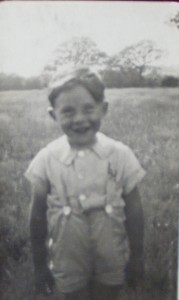
Well, that completes the story of my Nan’s incredible memories of life in Hastings through two world wars. In spite of the current recession, I guess we should think ourselves lucky after all!

“Hastings Town” August 2009
All articles, photographs and drawings on this web site are World Copyright Protected. No reproduction for publication without prior arrangement. © World Copyright 2015 Cinque Ports Magazines Rye Ltd., Guinea Hall Lodge Sellindge TN25 6EG
